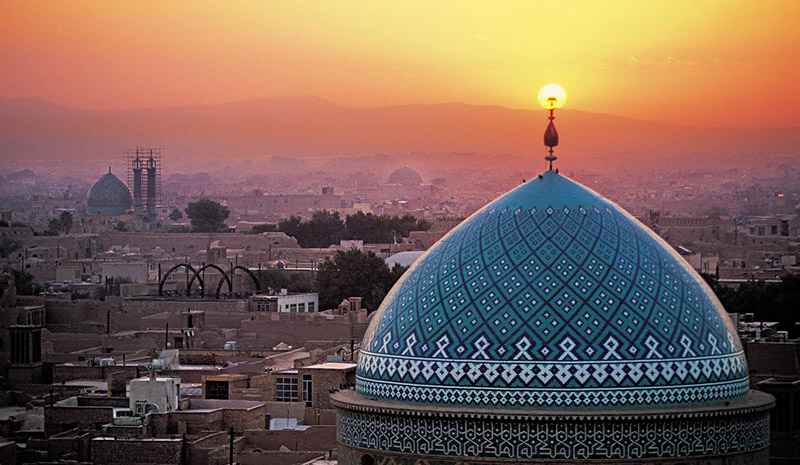Due to severe erosion and the collapse of parts of the Safavid- era (1501–1736) fortress, it was in serious danger of destruction and damage, Mahmud Madanian said on Saturday, CHTN reported.
A budget of 2 billion rials (about $50,000) has been allocated to the restoration project, which aims to repair and strengthen the fortress, the official added.
Located seven kilometers east of the city of Na’in, the historical fortress was inscribed on the National Heritage List in 2018.
From ancient to modern times, defensive walls have often been necessary for cities to survive in an ever-changing world of invasion and conquest.
Fortresses were designed primarily to defend territories in warfare and were also used to solidify rule in a region during peacetime.
Many of the fortifications of the ancient world were built with mud brick, often leaving them no more than mounds of dirt for today’s archaeologists.
Well regarded for its hospitable people, handicrafts, and ancient qanats (manmade subterranean aqueducts that bring water from the mountains), Na’in dates back to nearly 2,000 years, which makes it one of the oldest continuously settled towns in the Iranian plateau.
Na’in is home to one of the oldest mosques in the country. Originally constructed in c. 10th century, Jameh Mosque of Na’in is was one of the first mosques built in Iran and is unusual in that it doesn’t conform to the usual four-iwan pattern of its time (for instance Jameh Mosque of Isfahan).
Na’in lies 170 km north of Yazd and 140 km east of Isfahan. Like much of the Iranian plateau, it has a desert climate, with a maximum temperature of 41 °C in summer, and a minimum of -9 °C in winter
During ancient times, the city was at the junction of a desert road that connected Tabas and Mashhad, it used to be an important crossroad on converging trade routes since Sassanid times.
Na’in was known for its ceramics and textiles; today it’s primarily known for fine hand-knotted carpets and for hand-loomed camel-wool cloaks, which are produced in the neighboring villages.
Source:https://www.tehrantimes.com/news/451259/Safavid-era-fortress-in-central-Iran-undergoes-restoration


